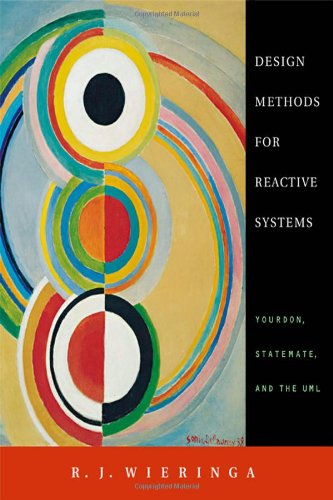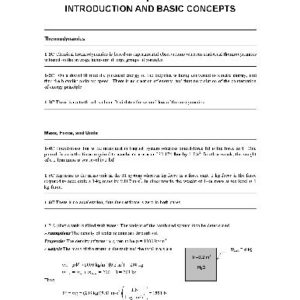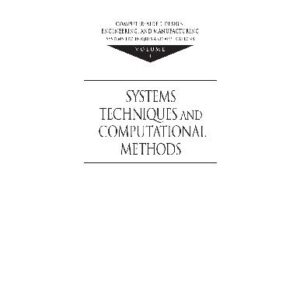Design Methods for Reactive Systems describes methods and techniques for the design of software systems-particularly reactive software systems that engage in stimulus-response behavior. Such systems, which include information systems, workflow management systems, systems for e-commerce, production control systems, and embedded software, increasingly embody design aspects previously considered alone-such as complex information processing, non-trivial behavior, and communication between different components-aspects traditionally treated separately by classic software design methodologies. But, as this book illustrates, the software designer is better served by the ability to intelligently pick and choose from among a variety of techniques according to the particular demands and properties of the system under development.
Design Methods for Reactive Systems helps the software designer meet today’s increasingly complex challenges by bringing together specification techniques and guidelines proven useful in the design of a wide range of software systems, allowing the designer to evaluate and adapt different techniques for different projects. Written in an exceptionally clear and insightful style, Design Methods for Reactive Systems is a book that students, engineers, teachers, and researchers will undoubtedly find of great value.
* Shows how the techniques and design approaches of the three most popular design methods can be combined in a flexible, problem-driven manner.
* Pedagogical features include summaries, rehearsal questions, exercises, discussion questions, and numerous case studies, with additional examples on the companion Web site.
Engineering
{PDF} Design Methods for Reactive Systems: Yourdon, Statemate, and the UML (The Morgan Kaufmann Series in Software Engineering and Programming) R. J. Wieringa
$19.99






Reviews
There are no reviews yet.